Greenhouse Maintenance: Tips for a Healthy Garden at Home
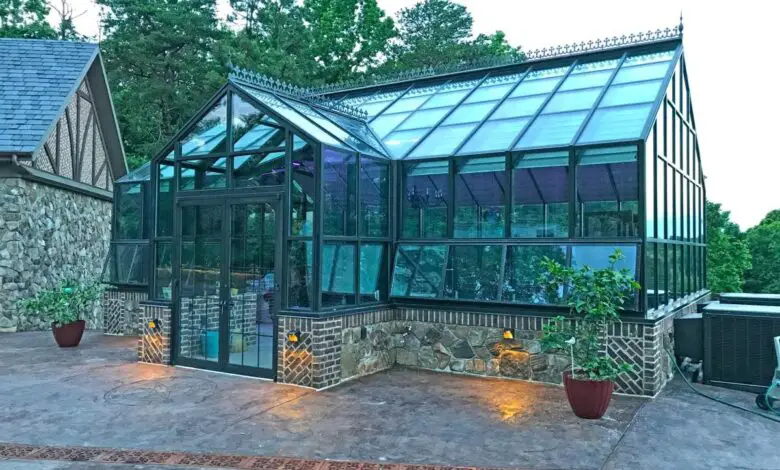
Have you always wanted to grow plants and produce at home throughout the year? It’s so much healthier to grow your own fruits and vegetables rather than purchasing them from the grocery store. You never know what kind of pesticides are on store-bought goods. Your produce will be organic and Genetically Modified Free (GMO)-free when you grow everything yourself. Furthermore, you won’t have to spend money on fruits and vegetables at the supermarket when you have a perfectly-delicious and nutritious garden at home.
Being able to grow plants and produce all year long is most people’s dream. That’s why gardening enthusiasts like to add a greenhouse to their home so they can tend to their greens, veggies, and herbs whenever they please. And now that spring is finally just around the corner, gardening season is here — you can find seeds of all sorts at your local gardening and hardware centres.
To create an indoor greenhouse and tend to your private garden at home, read these tips to use all year long.
Control the Humidity
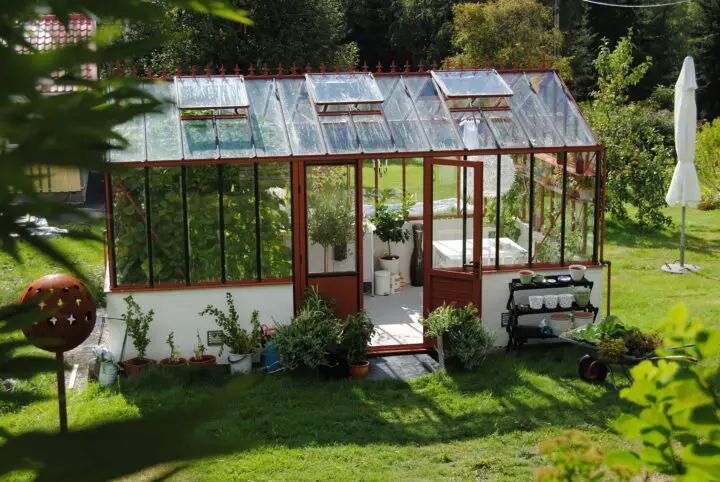
The first step to creating a successful greenhouse is to maintain a high humidity level. Experts suggest keeping it at 50 percent or higher. Moisture promotes photosynthesis, which is integral to your plants’ growing process. To control the humidity level in the air, consider these tips:
- Place containers of pebbles underneath your plants and fill them with water. Once the water evaporates, it will fall onto your plants, giving them a healthy dose of moisture.
- If you live in a dry climate, consider placing buckets of water throughout your greenhouse. The water will evaporate and help increase the humidity level.
Maintain Good Heating and Ventilation
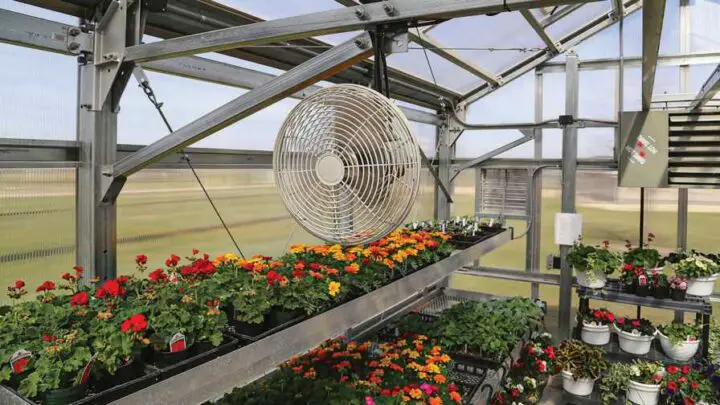
A perfect greenhouse runs at about 80 to 85 degrees Fahrenheit. Keeping that temperature steady is conducive to a healthy and happy garden. Most greenhouses will absorb the sun’s rays with translucent material, such as glass or clear plastic. Such material maximizes the amount of sunlight, providing ample energy for your garden. Some greenhouses also use additional heat sources that are powered by gas or electric heaters. It depends on where you live and how warm you want yours to be throughout the year.
To balance the temperature in the greenhouse, you must also ensure it has adequate vents in place. You can install side vents and fans to whisk out the hot air and usher in some refreshing cool air. Check out Floriansunrooms.ca — a sunroom and greenhouse manufacturer that offers a thermostatically controlled ridge vent for greenhouses with screens to allow the hot air to exhaust automatically.
Meet Your Plants’ Needs
While your greenhouse is efficient at providing light and heat, your plants will still need your help with other needs. High levels of light and heat sometimes cause plants to rapidly use up nutrients and carbon dioxide, which means you’ll have to fertilize and water regularly. Doing so will produce thriving and happy plants all year long.
Get the Good Soil
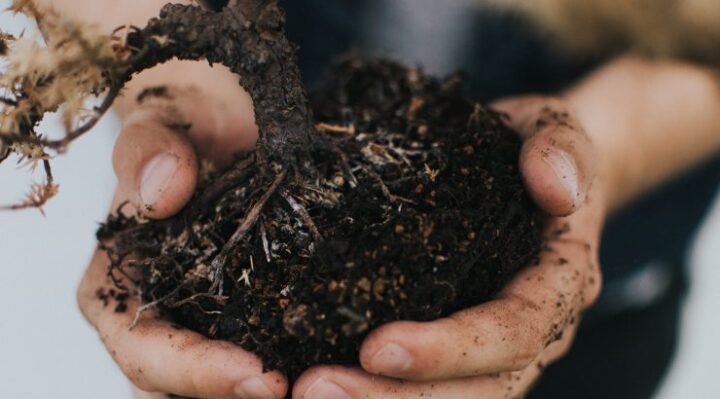
Once you set up your greenhouse, you’re going to want to give your plants the very best that planet earth can provide. If you’re using old soil for your plants, consider replacing it with fresh planting soil.
Older soils contain pathogens such as fungus gnats, Pythium, Fusarium, Rhizoctonia, root aphids, grubs, and more. Remove the dirt from the pots and beds and compost it for a year or so to rejuvenate.
Then you’ll want to replace it with disease-free soil from a reputable supplier in the springtime or just before planting a new crop. Always remember to replace the ground between paths and under your benches, in addition to what’s in your beds and pots.
Ongoing Maintenance and Cleaning
Think of your greenhouse as a secondary pet — without love, affection, and care, it won’t thrive, and you’ll have a lot of unhappy plants on your hands. There are several greenhouse pests to watch out for that could damage your garden, including whiteflies and gnats. Your garden will require ongoing maintenance throughout the entire year. Consider these year-round gardening tips:
- Get rid of “green bridges” or weeds that act as hosts for issues between crops right away.
- Eliminate diseased plants or those that harbour pests immediately from the growing area as soon as you notice them there. Doing so will reduce the spread of disease or problems and make the clean-up significantly easier.
- Avoid intercropping or overlapping planting to reduce transferring problems.
- Wash your pots and disinfect tools regularly. The more you do this, the less risk you’ll have of containment in the garden.
- Watch out for recontamination. Pests and diseases can transfer from one place to another on shoes, new plants, and clothing. Keep as clean and tidy as possible.
The essential thing to remember is to reduce the risk of spreading contamination by maintaining cleanliness on yourself and in the greenhouse. The last thing you’d want is to spread disease throughout your garden — you’ve worked so hard, and you love to watch those little seedlings grow!
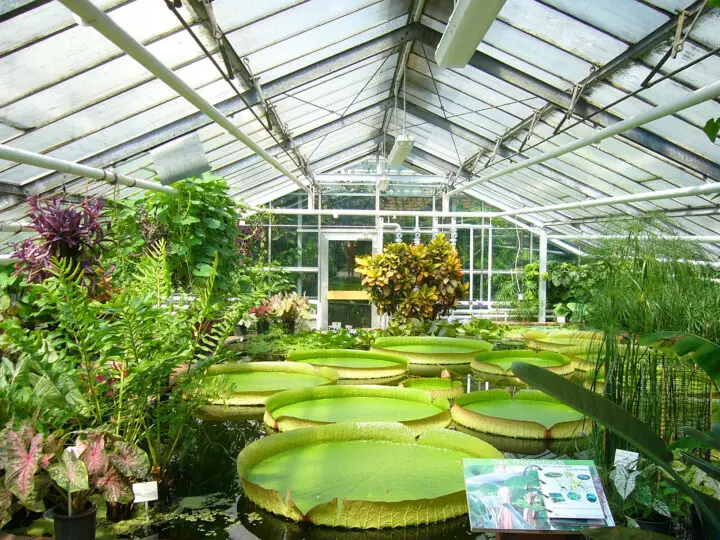
Inspect Daily
Another way to check for pests or diseases is to take some time each day to look out for any signs of disease or other problems. Do a little detective work and scour the entire greenhouse for hints leading to garden nuisances. If you discover a plant infested with something suspicious, remove it immediately from your greenhouse.
For example, you can easily spot an aphid infestation. Aphids live on the underside of leaves and are gold and oval. They also live in clusters. Do some research to find out how you can spot other pests in your greenhouse. If you have enough space, you could also create a segregated area for infested plants.
A greenhouse is a great way to maintain a garden at any time of year. By trapping sunlight and converting it into heat, these incredible home additions keep plants fed and warm. When you control the humidity level, maintain excellent heat and ventilation, and manage those pesky greenhouse pests, you’ll have beautiful plants in no time.
